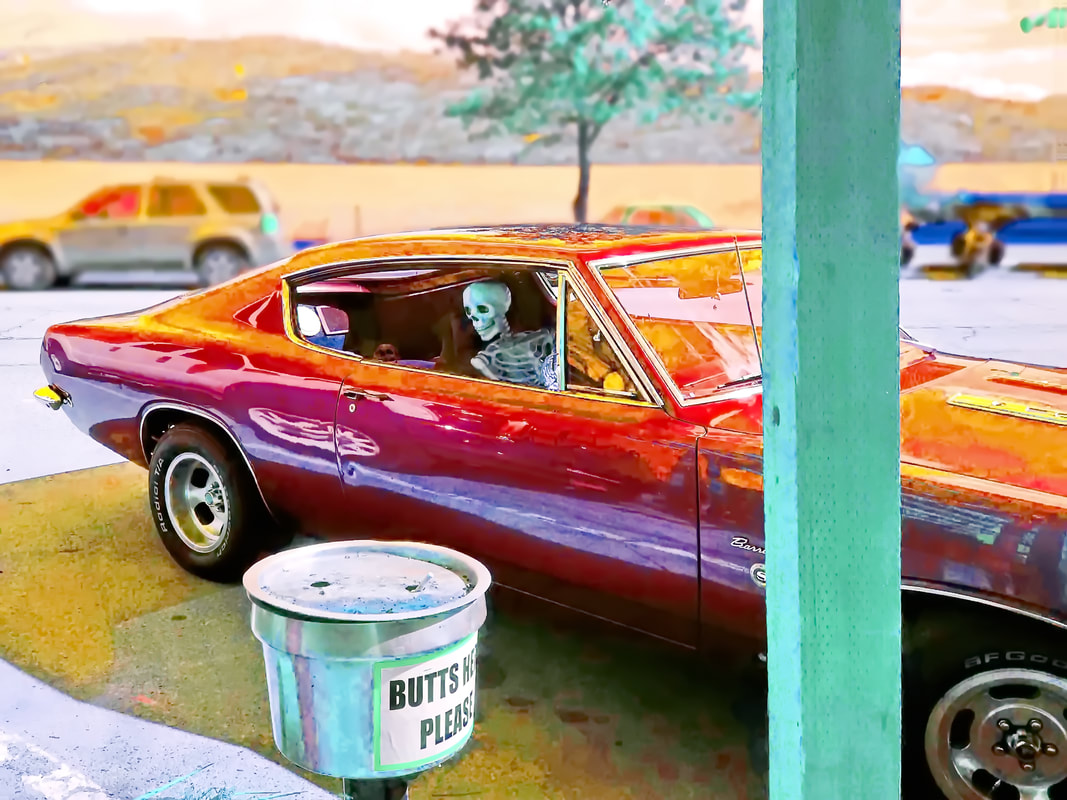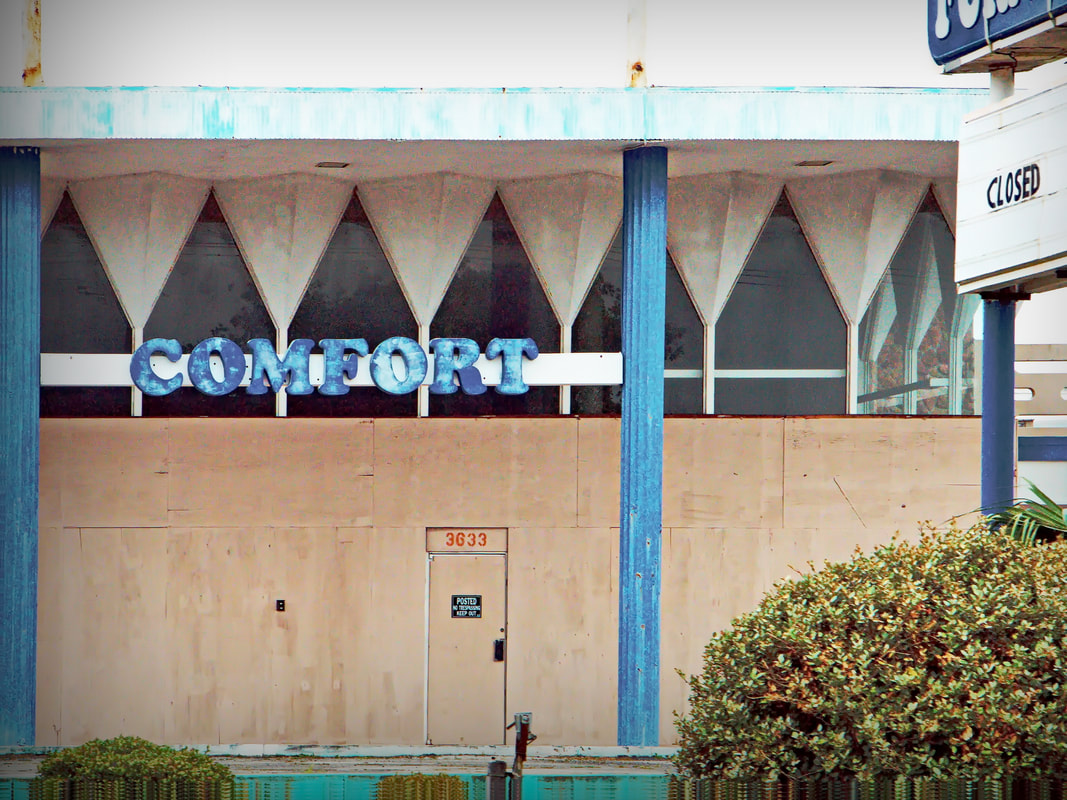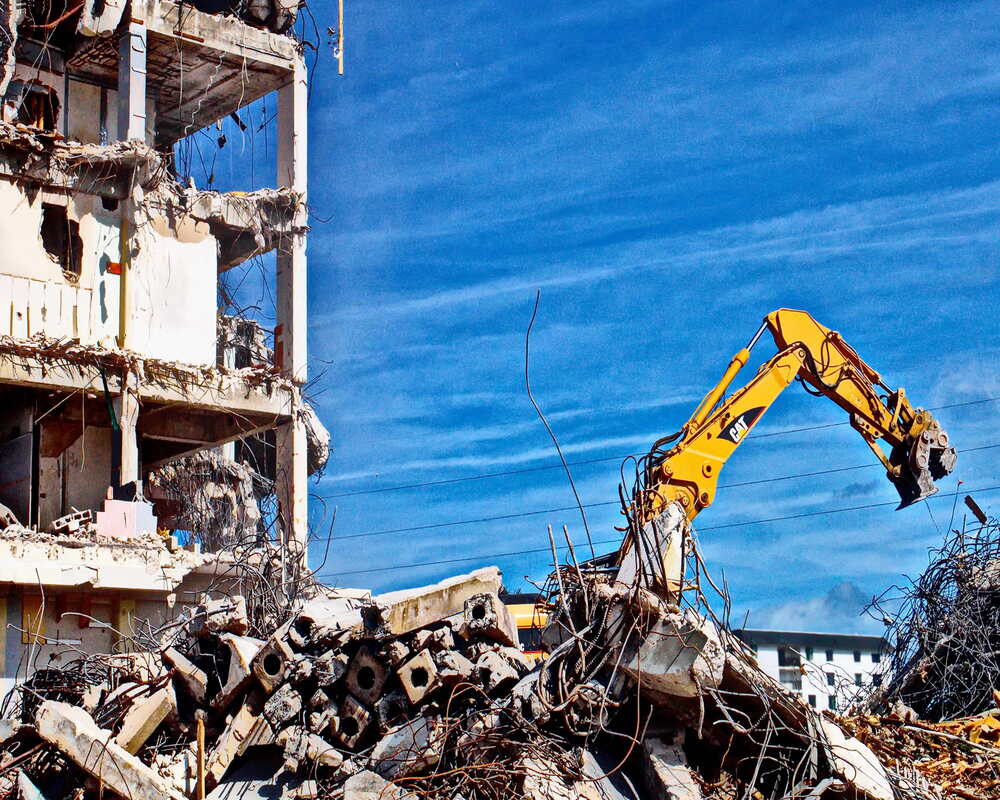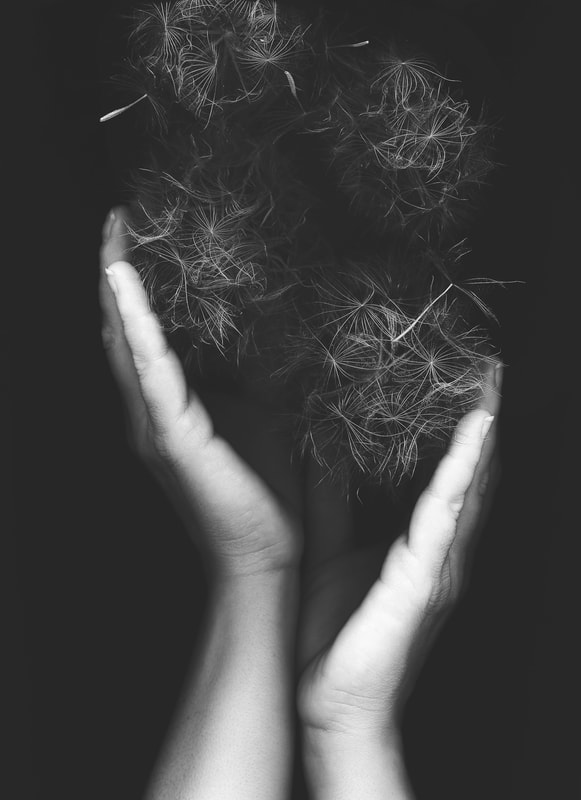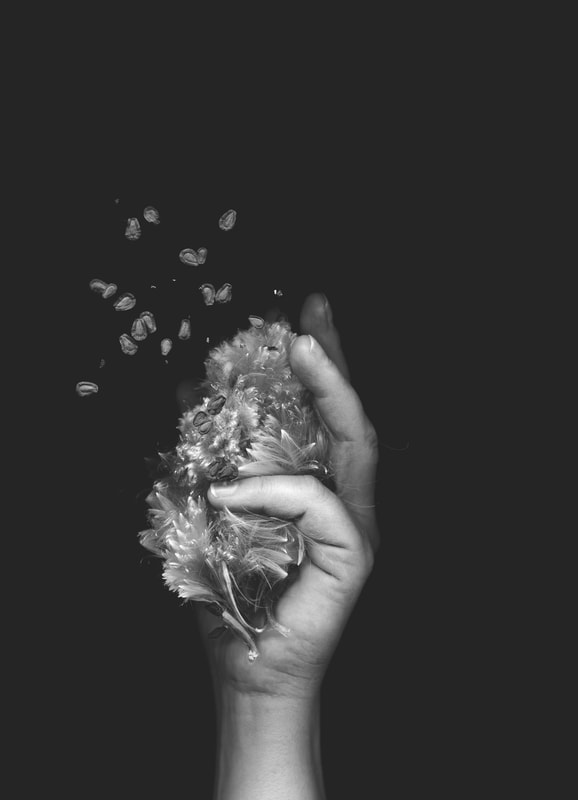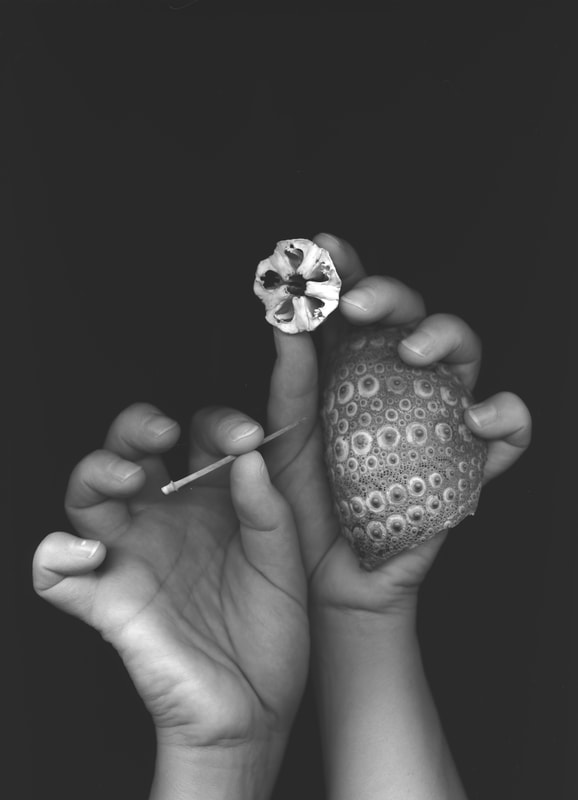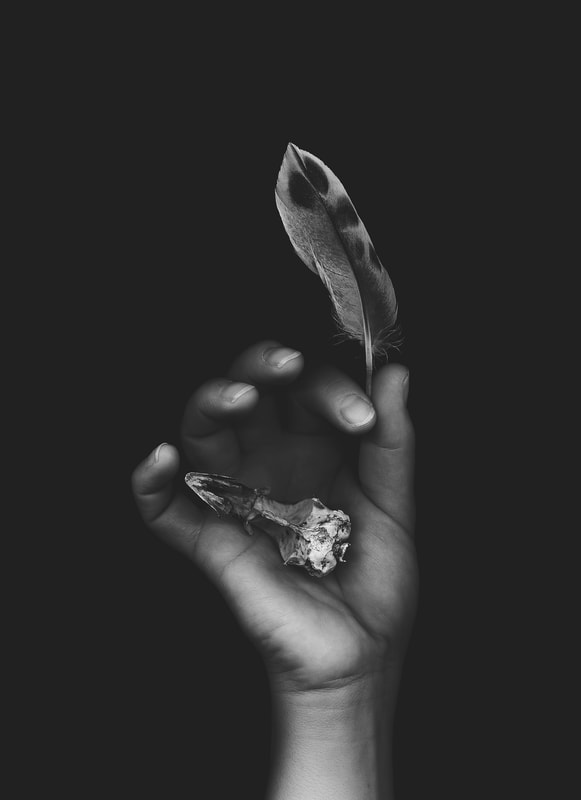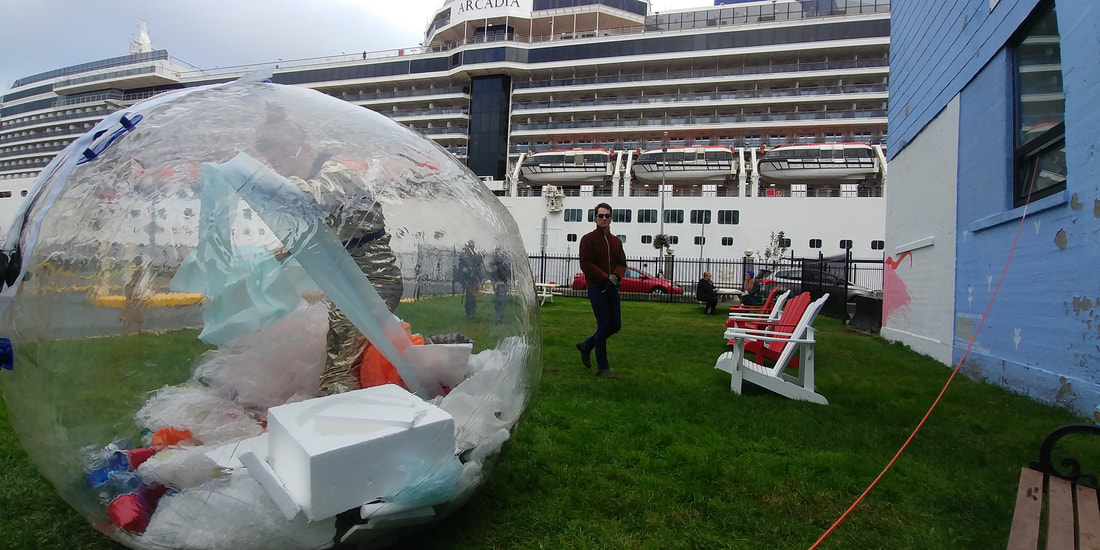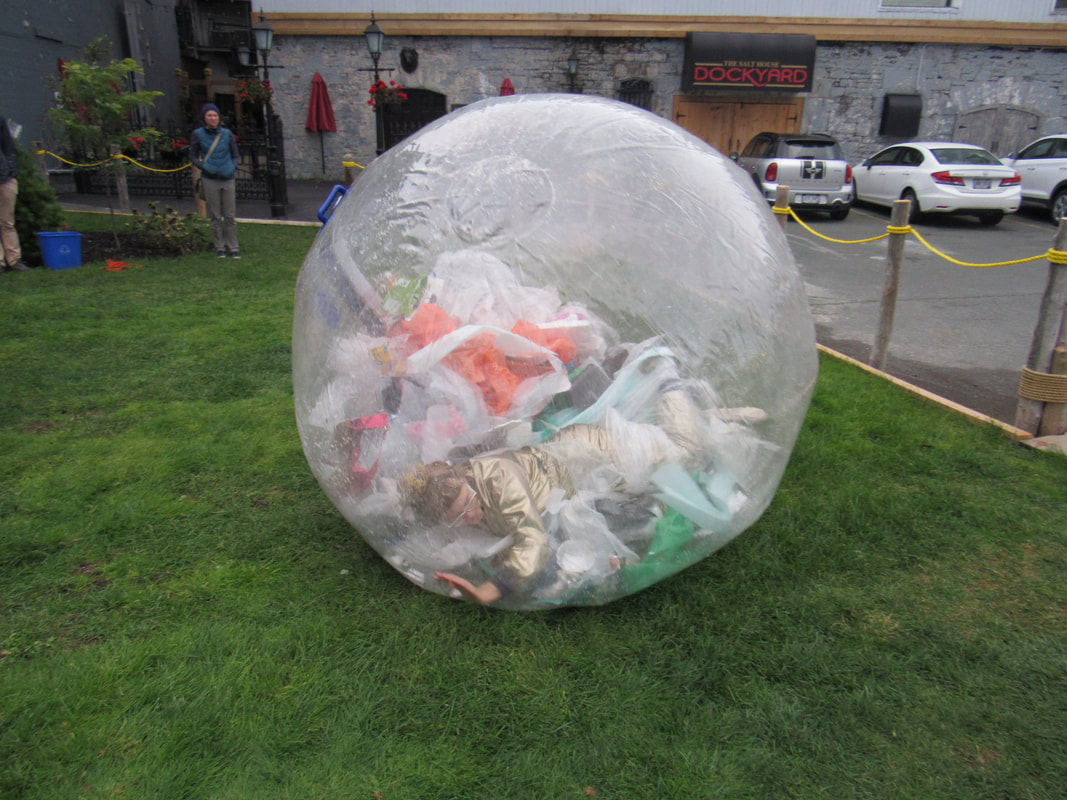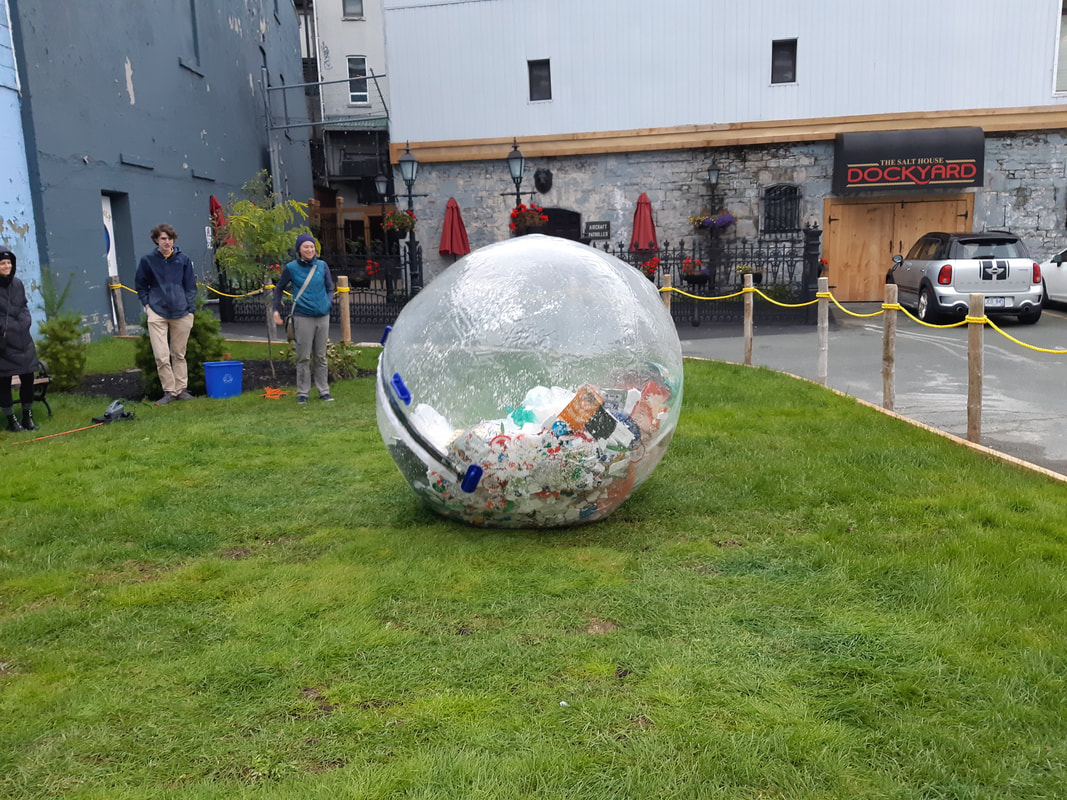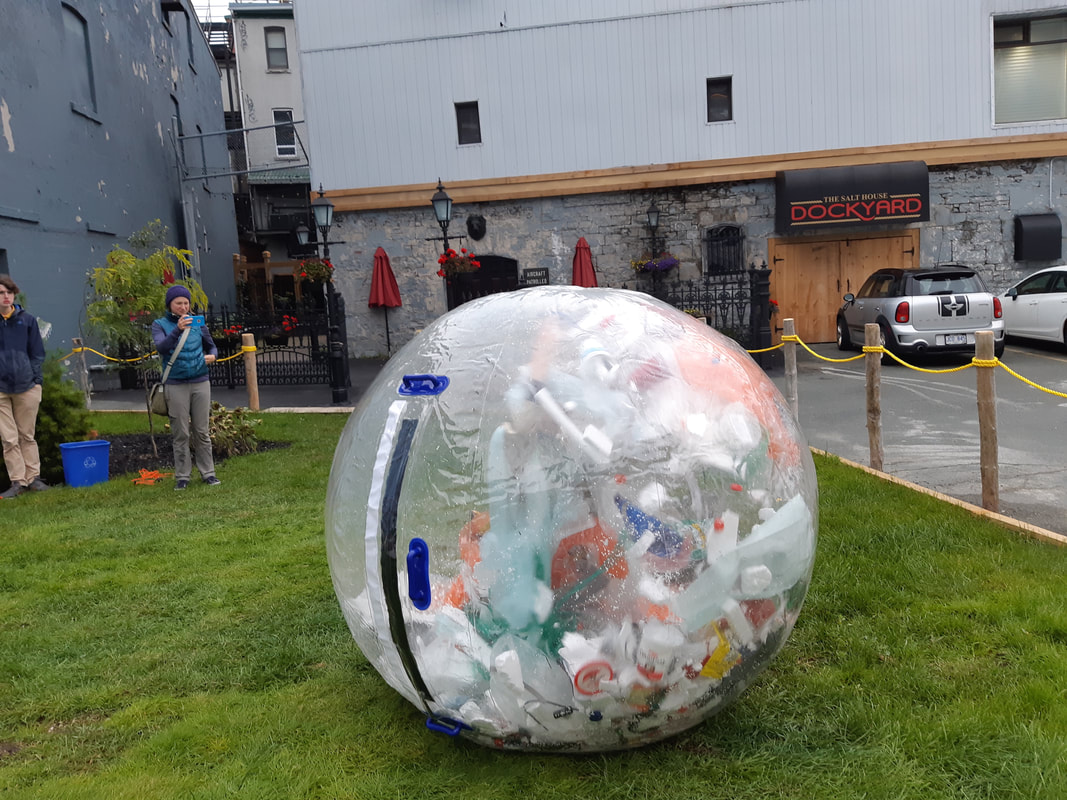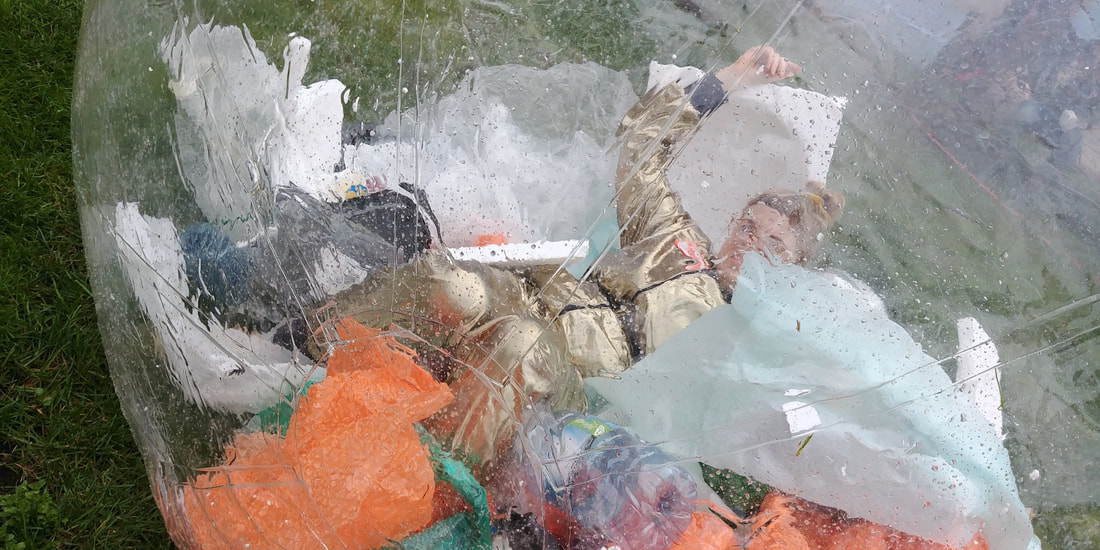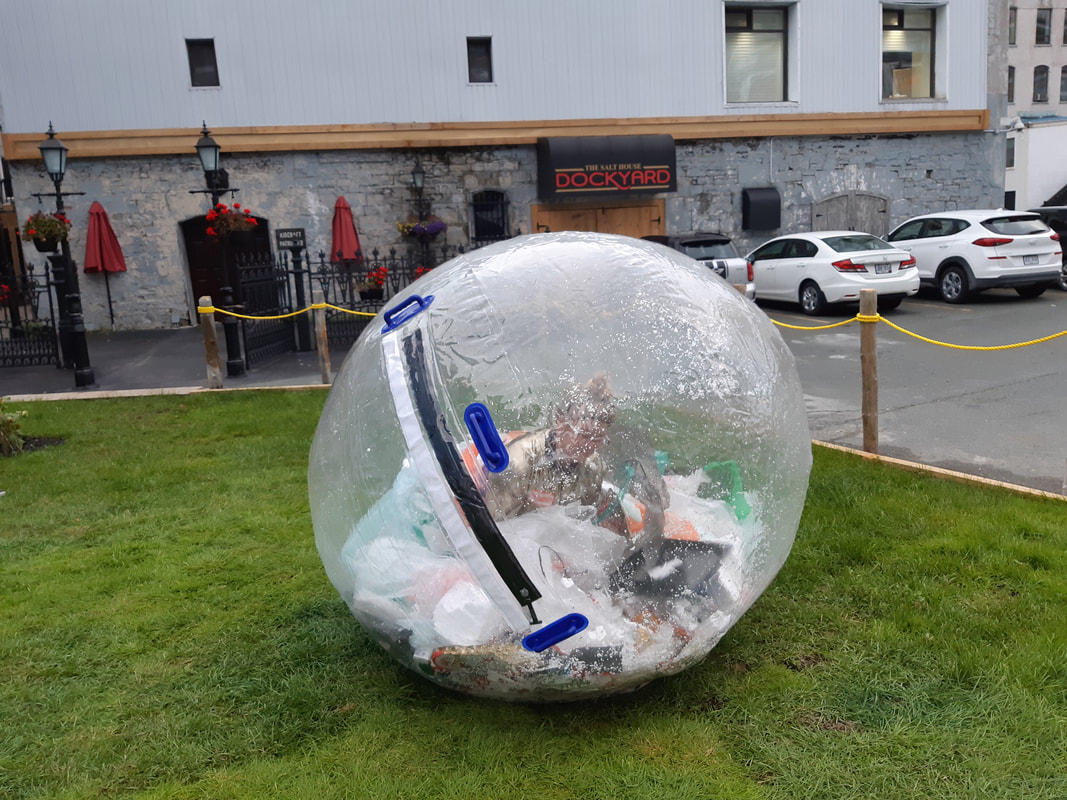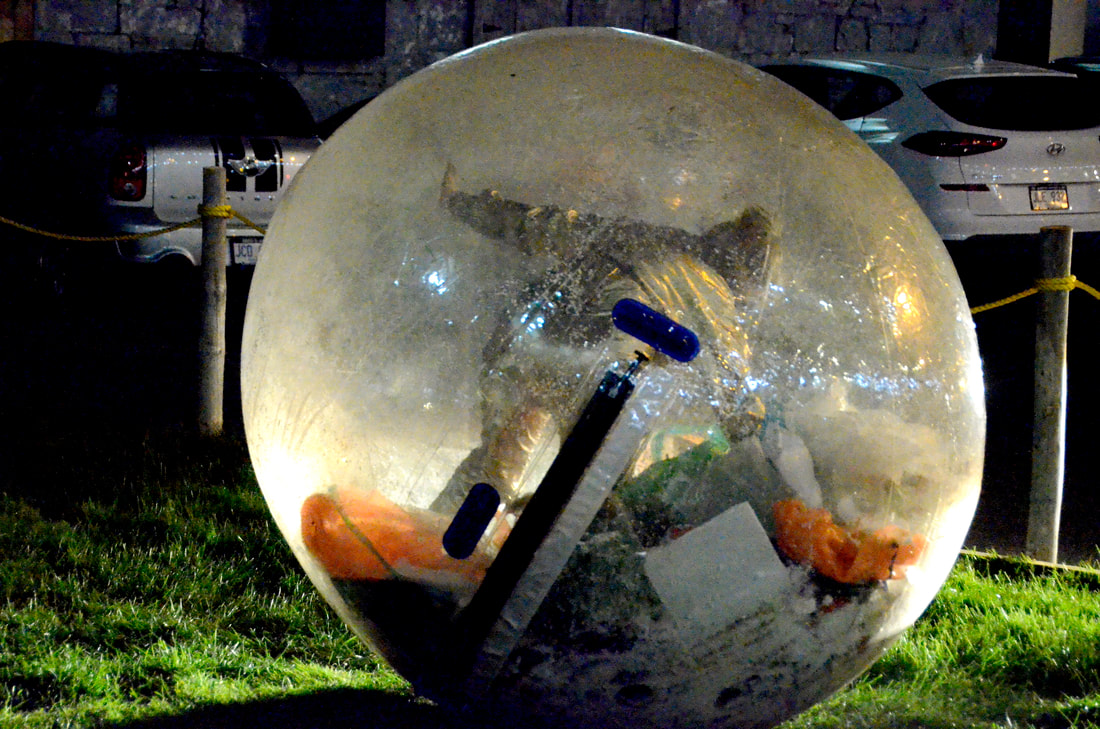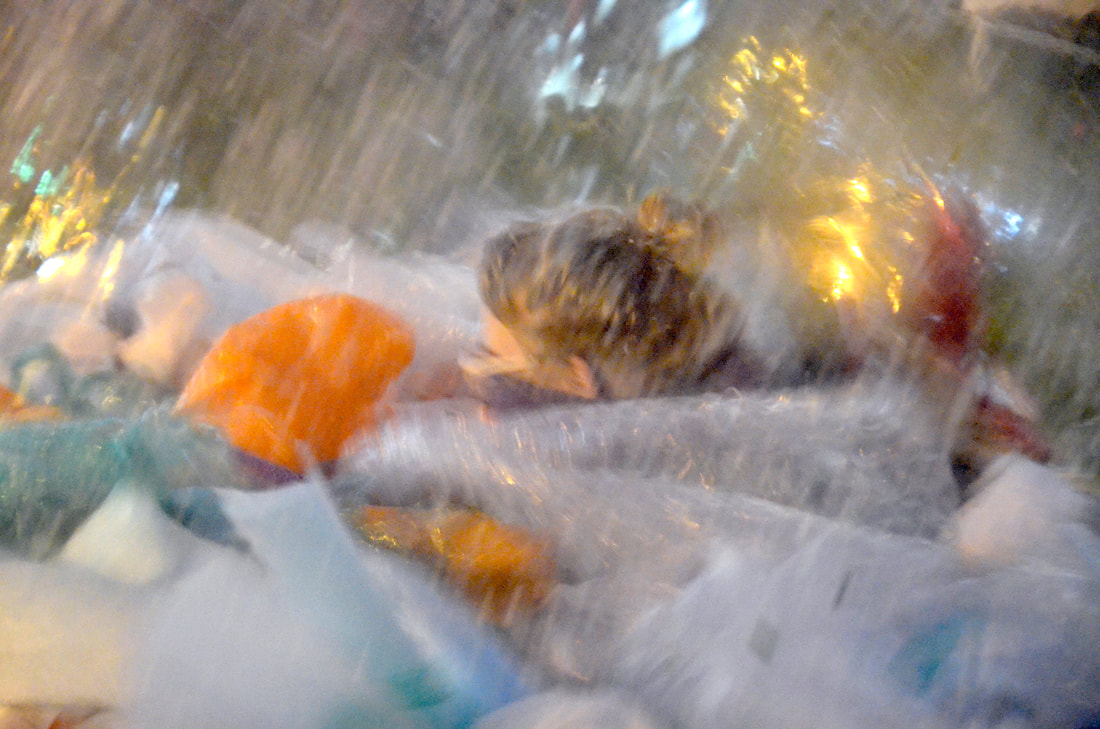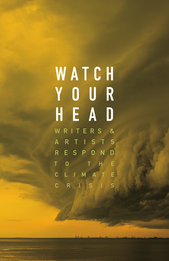|
1/10/2021 PHOTOGRAPHY: KERRY rawlinsonStatement My creative leaning is expressionistic, towards exposing the battle-lines of people vs place; the examination of the edges & intersects of nature/ construct, culture/ chaos, order/ anarchy, failure/ success; what emerges from people, collectively, and what happens when we’ve disappeared. Decades ago, autodidact/ bloody-minded optimist kerry rawlinson gravitated from sunny Zambian skies to solid Canadian soil. Now she stalks Literature & Art’s Muses around the Okanagan Valley, still barefoot, forgetting to eat. Some contest achievements: Winner, Edinburgh International Flash Fiction Award; Hon. Mention, Fish Poetry Prize; CAGO Online Gallery. Newer pieces in Foreign Literature, Synchronized Chaos, Across The Margin, Painted Bride, Tupelo Quarterly, Connecticut River Review, Pedestal, Boned, Arc Poetry, amongst others. Visit tumblr; Tweet @kerryrawli
11/7/2020 PHOTOGRAPHY: JULYA HAJNOCZKYARTIST STATEMENT My artistic practice concerns a critical examination of human relationships with the natural world and how ecosystems are changing in the anthropocene. I spend time researching ecosystems and the connections within them, particularly via site visits and consultation with scientists and lay experts. My multidisciplinary practice involves collecting materials following ethical foraging practices (plants, feathers, bones, fungi and lichen specimens, for example) from natural environments, or accessing museum collections for use as raw material in making work, and as reference material. These large-scale still life images are produced using a high-resolution scanner as my camera: specimens collected during site visits are arranged on the glass, in groupings that serve to illustrate connections in Canadian ecosystems that may not be immediately apparent to a casual observer. The images are elegiac, dark, mourning, representing not contemporary specimens but rather, recontextualized, some last remaining pieces of a fragmented world, floating in the void. The concepts that I seek to explore with my work – encouraging a sense of wonder, interest, and respectful stewardship with regards to the natural environment – are becoming more and more relevant. It is with increasing unease that I observe developments in human behavior at home and abroad, at the individual and institutional level, that impact negatively on the continued functioning of the complex ecosystems that we humans are part of. I feel that one of my roles as an artist is to interpret events around me and draw attention to matters of political, social, and environmental importance, and so my artistic practice aims to cultivate a deep attention to the details and intricacies of natural ecosystems, and to examine human relationships with the natural world. My pieces attempt to frame the work of plants and animals in terms that are easier for humans to understand, and potentially empathize or identify with. I hope to inspire a sense of wonder or fascination, and encourage the viewer to consider the energy and resources that go into the constant cycle of building and decay in complex environments and ecosystems. Julya Hajnoczky was born in Calgary and raised by hippie parents, surrounded by unruly houseplants, bookishness and art supplies, with CBC radio playing softly, constantly, in the background. It was inevitable, then, that she would grow up to be an artist. She holds a BA in French from the University of Calgary and a BDes in photography from the Alberta College of Art + Design. Her multidisciplinary practice includes digital and analog photography, fibre art, and book and paper sculpture, and seeks to ask questions and inspire curiosity about the complex relationships between humans and the natural world. Her most recent adventures, supported by grants from the Calgary Arts Development Authority and the Alberta Foundation for the Arts, involved building a mobile natural history collection laboratory (a combination tiny camper and workspace, the Al Fresco Science Machine), and exploring the many ecosystems of Western
Canada, from Alberta’s Writing-on-Stone Provincial Park, to the Gwaii Haanas National Park Reserve in BC and Wood Buffalo National Park, NWT. If she's not in her home studio working on something tiny, she's out in the forest working on something big. See more of Julya’s work at obscura-lucida.com 8/22/2020 PERFORMANCE: ARIANNA RICHARDSONTHE CONSUMPTION THERAPY™ DEMONSTRATION CHAMBER September 2019 Durational Performance DESCRIPTION The Consumption Therapy™ Demonstration Chamber was a performance that occurred during the 2019 Hold Fast Contemporary Arts Festival in St. John’s, Newfoundland. This performance was framed as a live demonstration of an absurdist therapy that claims to cure an individual of the drive to consume goods at the rate encouraged by our neoliberal, klepto-capitalist society. The Chamber was a large, inflatable plastic ball, half-filled with plastic recycling that was donated by the art community in St. John’s. Plastic of all varieties was included, creating a visual cacophony of colours, textures, and advertising. During the performance I was inside the ball, in character as “The Hobbyist”, tumbling, rolling, and immersing myself in the plastic detritus, forced to confront and exist within a tiny fraction of the throwaway plastic waste that is generated each day across the world. This performance was an absurd spectacle of a person yielding to plastic waste: a demonstration of the struggle to remove one’s self from the society that is engaging in the destruction of the planet. It reverses a person’s typical relationship with waste: instead of being rendered invisible with waste management infrastructure, it engulfs the consumer, forcing them to surrender to the evidence of their consumption. The Consumption Therapy™ Demonstration Chamber, 2019 Arianna Richardson is a sculptor, performance artist, and mother from Treaty Seven territory (Lethbridge, AB). Richardson most often works under the pseudonym, The Hobbyist, employing hobby-craft techniques to work through an investigation of ubiquitous consumption, gendered labour, waste, excess, and spectacle.
Richardson holds a BFA (2013) in Studio Arts from the University of Lethbridge and an MFA (2018) from NSCAD in Halifax, NS. She was awarded the Roloff Beny Photography Scholarship in 2012 and the Alberta Arts Graduate Scholarship in 2016. Her work has been exhibited across Canada and has been featured in the December 2018 issue of Performance Research, “On Generosity” and Volume 8 of Emergency Index: An Annual Document of Performance Practice. Website: www.ariannarichardson.ca |
|
ISSN 2563-0067 © Copyright 2023 | Watch Your Head Contributors Sign up for our Newsletter Buy our print anthology Watch Your Head: Writers & Artists Respond to the Climate Crisis (Coach House Books, 2020). |
